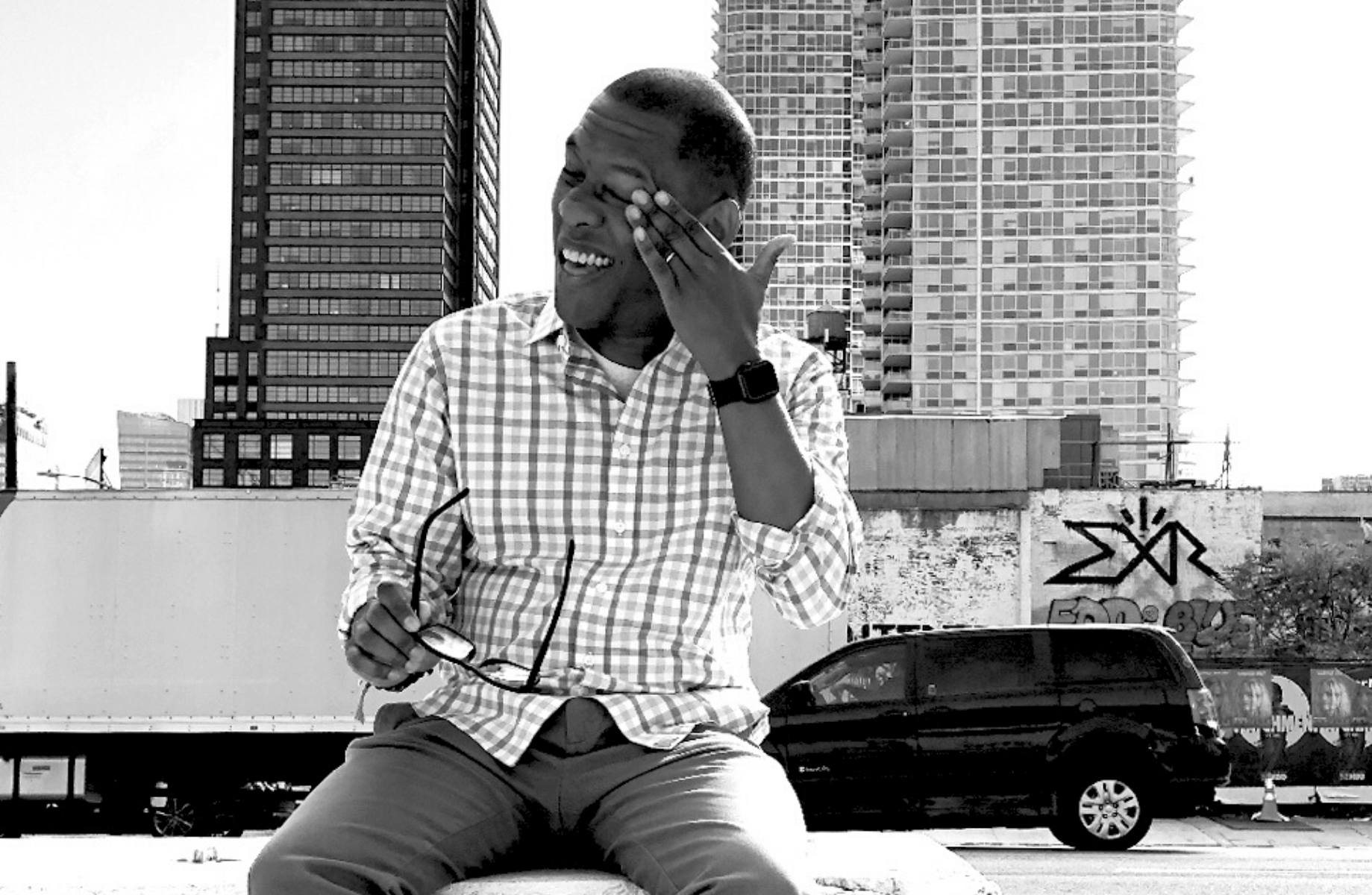
Artist Profile: DJ Greg "Stryke" Chin
Artistry, Ambience, and Avid
The old adage, “don’t quit your day job,” still carries a stigma for many creatives. At the same time, there are examples where the line between an artist’s professional career and their personal creative pursuits can be a thin one. Such is the case for esteemed DJ Greg “Stryke” Chin.
In addition to an acclaimed discography of electronica releases across ambient, downtempo, and techno styles, Chin has spent the better part of the last decade and a half working for music technology giant Avid. He’s also a self-professed Roland fanatic, whose relationship with the gear goes back to his earliest days creating tracks. Chin took some time to speak with us about live performance, his role at Avid, and techniques to help you sweeten your tracks with reverb.
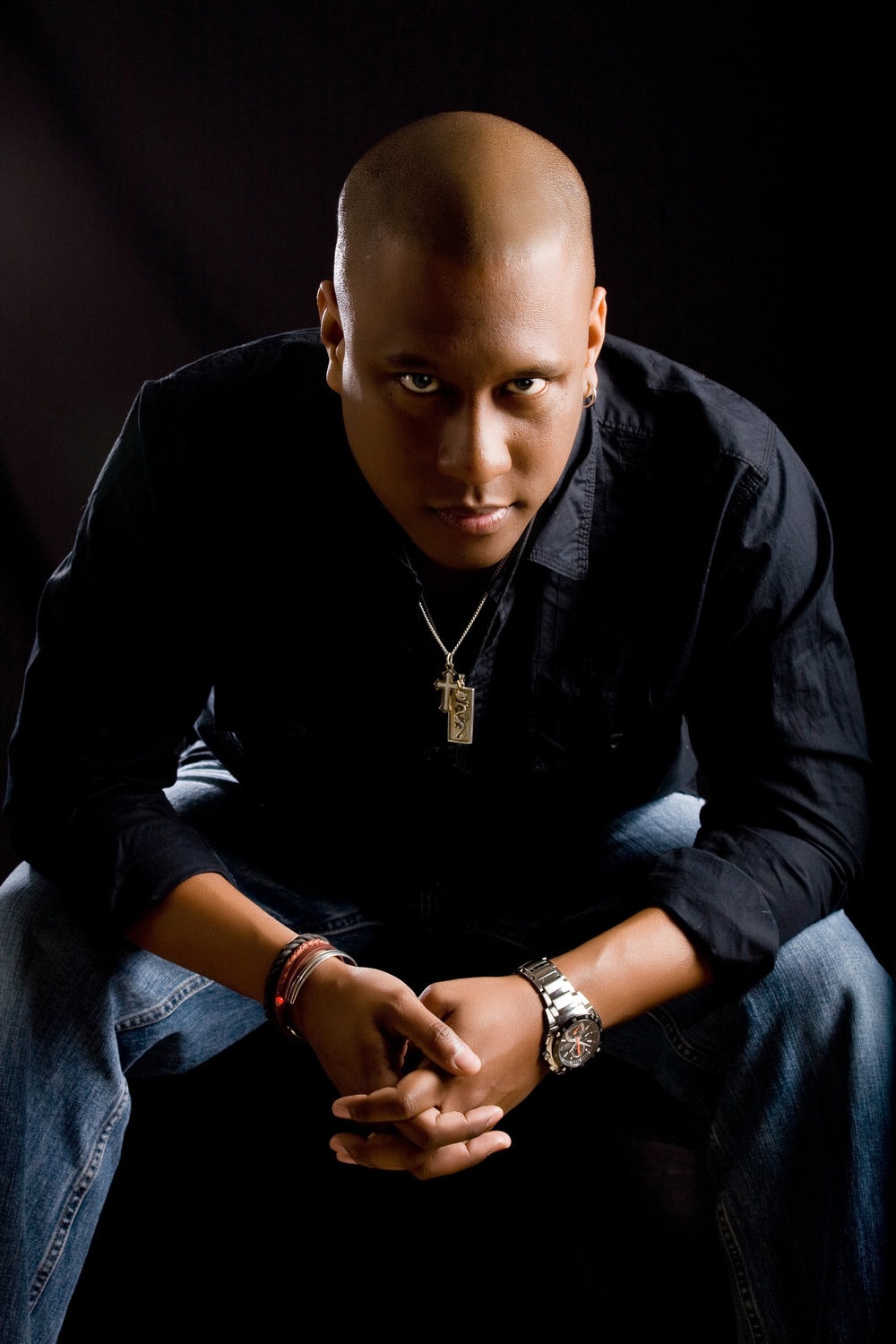
You’ve put out music on a laundry list of essential electronic music labels including Plastic City, Josh Wink’s Ovum, Murk, Circle, Tronic, Monoid, Guidance, Nervous, Azuli, Defected, Dutchie, and petFood. Are there any imprints which are currently impressing you or with which you’d like to collaborate on a release?
One of my favorite labels to this day is Adam Beyer’s Drumcode label out of Sweden. It personifies the dirty, driving, gritty techno I love to play as a DJ. I’d love to have a release on there one day. One of my other favorite labels is one on which I’ve had the honor of releasing material: Josh Wink’s Ovum label. The quality of the releases, whether techno, house, or something in-between, is always incredible.
You’ve described yourself as a “Roland fanboy.” What are some of your earliest memories of Roland gear?
I have some very fond Roland memories. The first synth I ever bought was a secondhand red SH-101. I had no prior experience with synthesis, and it was a great place to start. I remember getting it home and not understanding that it was monophonic. But that disappointment quickly dissipated as I started dialing and tweaking sounds. I was hooked.
Another favorite Roland memory for me was my good friend and manager, Jorge del Rey, going out and finding all the Roland gear I told him we needed for our recording studio. He went out and somehow found the TB-303, a TR-808, and a TR-909 for dirt cheap. I wept. I spent so much time learning those machines and just enjoying them. Those days, spent on the floor with all that stuff surrounding me, is still some of the most creative and inspired I’ve ever felt.
Fast forward. Being able to record with all of that and using the Roland stuff in live performance was just so much fun. I look forward to being back on stage live again soon, and Roland will be right there with me!
My manager found the TB-303, a TR-808, and a TR-909. I wept. Those days, spent on the floor with all that stuff surrounding me, is still some of the most creative and inspired I’ve ever felt.
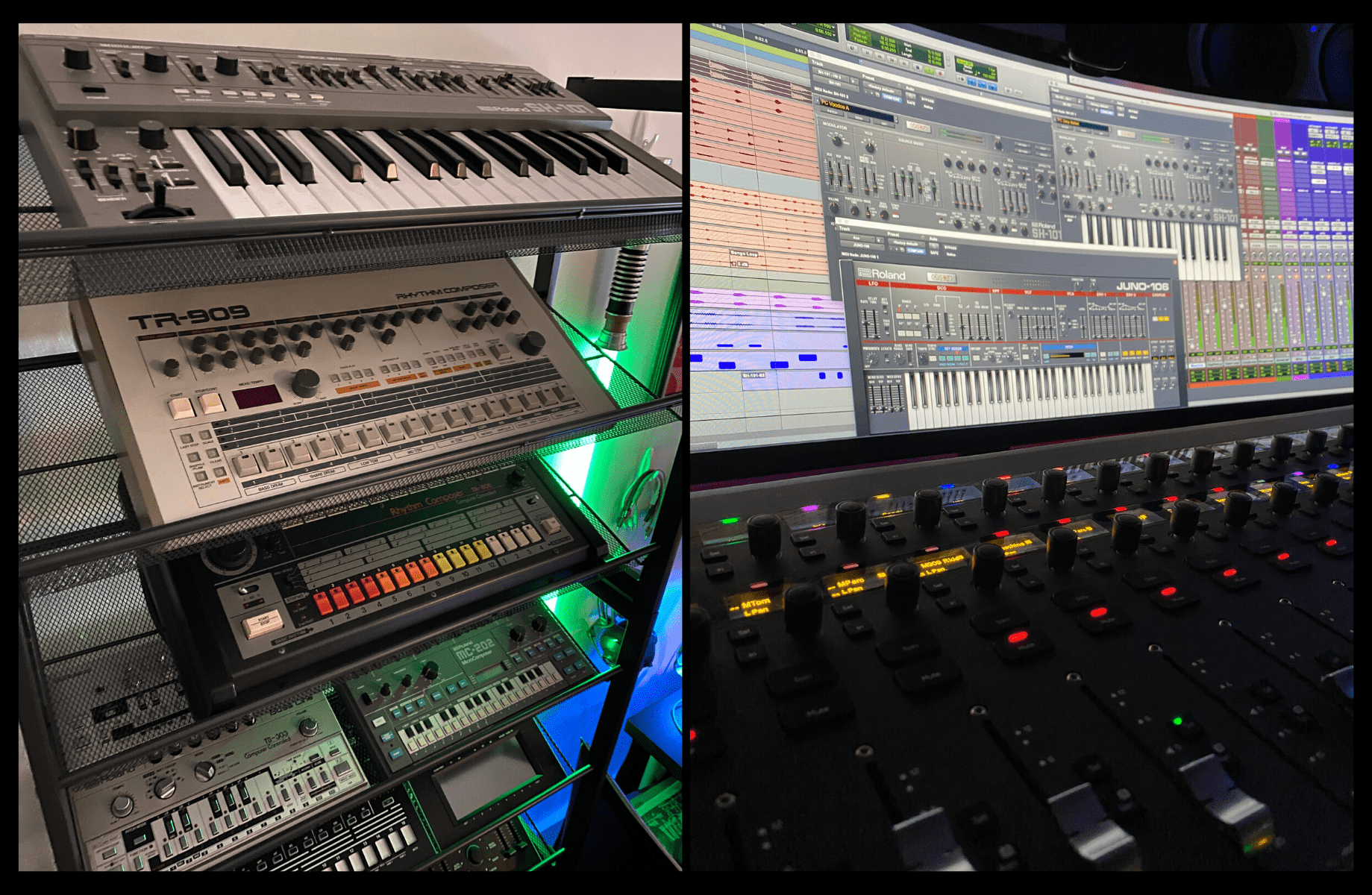
Also, you’ve been very vocal in your appreciation for Roland Cloud. Can you share some of the ways you utilize it in your workflow? Do you have any specific tracks of yours that showcase Roland Cloud virtual instruments?
Roland Cloud is a godsend in so many ways! I’m able to let my original Roland hardware rest for a bit and can easily use their plug-in counterparts in my DAW (ProTools). The instant recall for patterns and automation is amazing. For me, the best part is when I’m on the road. I travel a ton throughout the year, and I do my very best to stay in writing mode. It’s great to have my favorite instruments at my fingertips, without having to worry about traveling with hardware and the challenges that brings.
I also love using the Roland Cloud instruments along with the real thing. I’ve just completed a remix for the Typ3 label where I use my original TB-303, the Roland Boutique TB-03, and the Roland Cloud TB-303. I dare anyone to try and tell the difference!
My new album will also feature a ton of the Roland Cloud stuff. I’ve been experimenting quite a bit with some of the SRX ORCHESTRA and loving the results. My next single for the Made in Miami label features three instances of Roland Cloud SH-101, a JUNO-106, and SRX ORCHESTRA so far.
Basically, just about everything I’m writing and releasing now has some Roland Cloud on it. The value of what you get with Roland Cloud is just mind-blowing. I still can’t fathom that you get all you do for what you pay. It’s the bargain of bargains!
Roland Cloud is a godsend in so many ways! I’m able to let my original Roland hardware rest for a bit and can easily use their plug-in counterparts in ProTools. The instant recall for patterns and automation is amazing.
I’ve just completed a remix for the Typ3 label where I use my original TB-303, the Roland Boutique TB-03, and the Roland Cloud TB-303. I dare anyone to try and tell the difference!
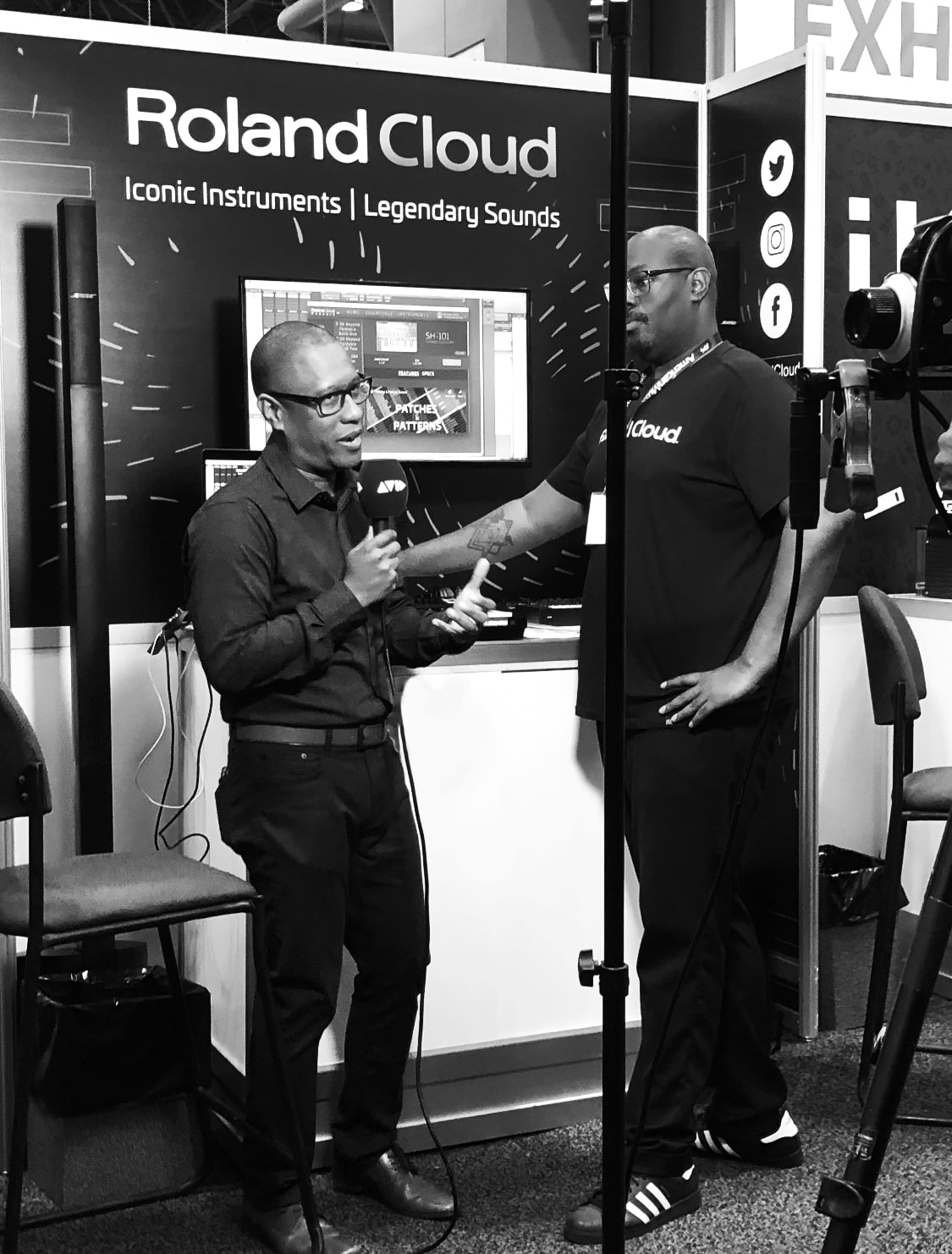
You’re an audio evangelist at Avid. How did that job come about, and how has your role at the company evolved over your tenure?
I’ve been with Avid for over 13 years now, which is hard to believe. They were looking to have an electronic dance music producer and DJ in their ranks, as well as someone who was experienced with DAW workflow—Pro Tools, specifically—and could speak to an audience to help educate. It’s been great working with them, as they also really support my work as an artist and performer. It’s great to be able to help others be creative through my work at Avid.
I officially transitioned into the Audio Evangelist role mid-2019 and it’s been wonderful. I’m able to take my experience as a Product Specialist and mix that together with all the ideas that I have. I get to engage and enable users to make their best music and be one of the faces that represents what we do. It’s a work in progress, but I feel incredibly inspired by that work, and it feeds what I do as an artist as well.
I’m able to take my experience as a Product Specialist and mix that together with all the ideas that I have. I get to engage and enable users to make their best music and be one of the faces that represents what we do.
Tell us about how Miami is as a base of operations for you. Does the city inspire and affect your approach to music and life?
I love Miami so much! Moving here, as a kid from Jamaica, was probably the toughest thing I’ve ever done. But Miami being Miami really helped ease that transition. The culture here is so colorful and vibrant. I’m a Jamaican-Chinese kid who loves Cuban culture and all the other cultures found here. I also love food and there’s an abundance of that too!
I learn so much from Miami and everyone here. There are some really amazing people in this city. Some of the artists and people who have influenced and inspired me from early on in my career through now are here. Musicians, producers, and DJs like Oscar G & Ralph Falcon of Murk fame, guys like Laz Casanova, Merlyn, and producer-percussionist Oba Frank Lords. Even visual artists like Ed Ramos, Disem, and so many others. There’s inspiration to be found everywhere in Miami. I think my music showcases that.
One of the most striking things in your music is your use of space. You are also an expert at adding touches of reverb to sounds—then panning them into corners of the mix where they stand out. Do you have any special tricks for creating room in a mix with reverb?
That’s kind of you to say! Thanks. I love reverb. To me, reverb is the thing that really defines the space you’re trying to convey. To me, it’s almost like a part of the canvas. I usually approach reverb in my music as “real” or “imagined” space. If what I’m trying to convey space-wise is something real, I typically set up a reverb or two on AUXs and bus things there, as I feel.
However, if the space is imagined, then the sky’s the limit. In a lot of my deeper techno tracks, I tend to go this route. I’ll use as many reverbs as needed, and they all tend to be different.
I may still route some channels to an AUX, but I’ll typically add whatever reverb I want to serve the instrument or effect, directly on the channel itself. I also do a lot of static/AudioSuite reverb effect treatments on tails for an added bonus on certain clips. It’s about using your imagination and creating space.
If the space is imagined, then the sky’s the limit. In a lot of my deeper techno tracks, I tend to go this route. I’ll use as many reverbs as needed, and they all tend to be different.
You had a phone conversation with the legendary Bill Withers. What did it feel like to have such an icon be aware of your cover of “Ain’t No Sunshine”?
I had absolutely no idea. I did the cover to test out a new mic I purchased, and it’s my favorite song of all time. It was never meant to be released. My manager stole the DAT and took it to Guidance Records in Chicago. They got the rights and released it.
Years later, I became friends with a gentleman by the name of Leslie Drayton. Leslie is one of the original members of Earth, Wind, and Fire, and served as Music Director for Marvin Gaye for some years. He’s a legend and one of the most incredible souls I’ve met and had the honor of knowing. He’s also friends with Bill Withers. When he found out I was a fan of Bill and that I did a cover, he contacted him.
One day my cell phone rings and it’s Bill Withers. I was stunned. I had no idea what to say. He told me that he’d heard the cover and really liked it. That’s it—my entire life was made! Truth be told though, nothing will ever match the original. Best song in the universe. Absolute perfection.
It’s such a great time for music creators with all of the tools so readily available at our fingertips. Imagine TB-303 acid lines spinning around your head in an immersive space!
Tell us about the Dolby Atmos work you’ve been doing. What can you share about this innovate “moving audio” tool?
It’s such a great time for music creators with all of the tools so readily available at our fingertips. Dolby Atmos is something that excites me. The ability to dynamically work with your sounds in a space that’s familiar to you is just awesome. The work I’m mostly involved in is on the Avid/Pro Tools side. I get to watch our amazing Product Management and Engineering team add great features and usability enhancements to the Dolby Atmos tools that are natively now available in Pro Tools Ultimate.
My job is to spread the good word. The product team does the hard work! But I’m also going to be mixing some of my new music in Dolby Atmos and I couldn’t be more excited. Imagine TB-303 acid lines spinning around your head in an immersive space!
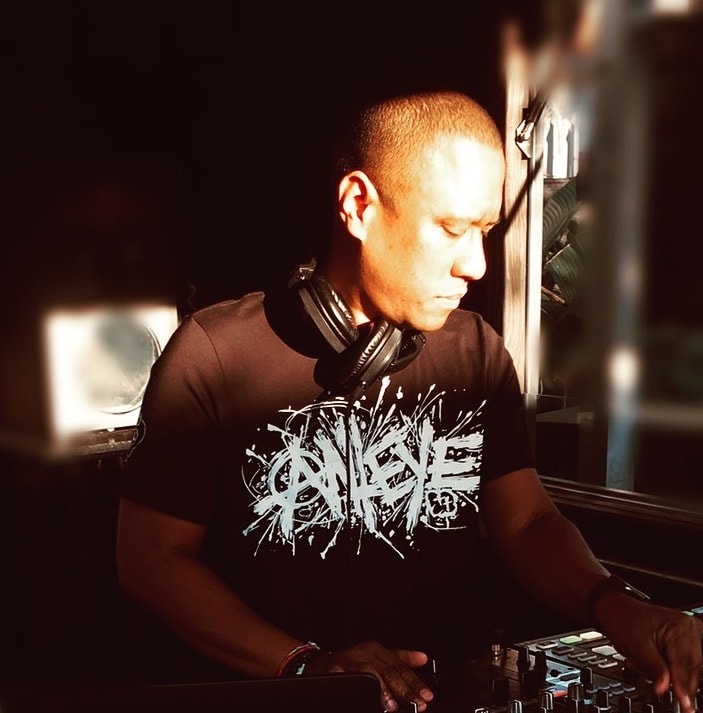
You’ve performed in a variety of settings including as DJ for the MTV VMAs. Can you share some other career highlights?
The VMAs was certainly a highlight. Being there to rehearse along with all of the performers was something special. Seeing Kanye West rehearse “Jesus Walks” was something to see. Other career highlights for me include my second professional club gig ever.
I’d played my first club performance the week before, at home in Miami, and the manager of the club had me come back. Word got out and Madonna, who lived in Miami, came out. She was dancing the entire night, in the back corner, with a few friends. She left a very kind message with the club manager about how much she enjoyed my performance. That was something quite special to me. To see someone as famous and iconic as she is, rocking out to underground techno and experimental electronic music all night.
I’ve had the privilege of spending time with many students and serving on medical and disaster relief missions. I hope the music I wrote reflects that, but more importantly, reflects those kids and their journey.
You created the score for a documentary about the non-profit, Mindo Futures. How did you become involved with the organization?
Mindo Futures is an organization that was started by my wife while she was still in high school. She’d visited a remote town in Ecuador, called Mindo, where there’s a local school with some great kids from the town, as well as students who live there without families. These children had no opportunities to go to college or further their education after they graduated.
So, my wife set up a scholarship program, moved to Ecuador, and essentially became the house mother for the first batch of college students in the Mindo Futures Program. Years later, there’s now a medical mission and disaster relief program. My wife is still involved, but the organization is now run by her brother, my brother-in-law, Jason Gaetan. Jason wanted to produce a documentary, highlighting some of the recent students, to show what they go through to try to achieve a better life through their hard work, and the program. He asked if I would score it and it was an instant, “Yes!”
I’ve had the honor and privilege of spending a lot of time with many of those students and serving on some of the medical and disaster relief missions. This was obviously something near and dear to my heart, and I hope the music I wrote reflects that, but more importantly, reflects those kids and their journey.
More DJ Greg "Stryke" Chin